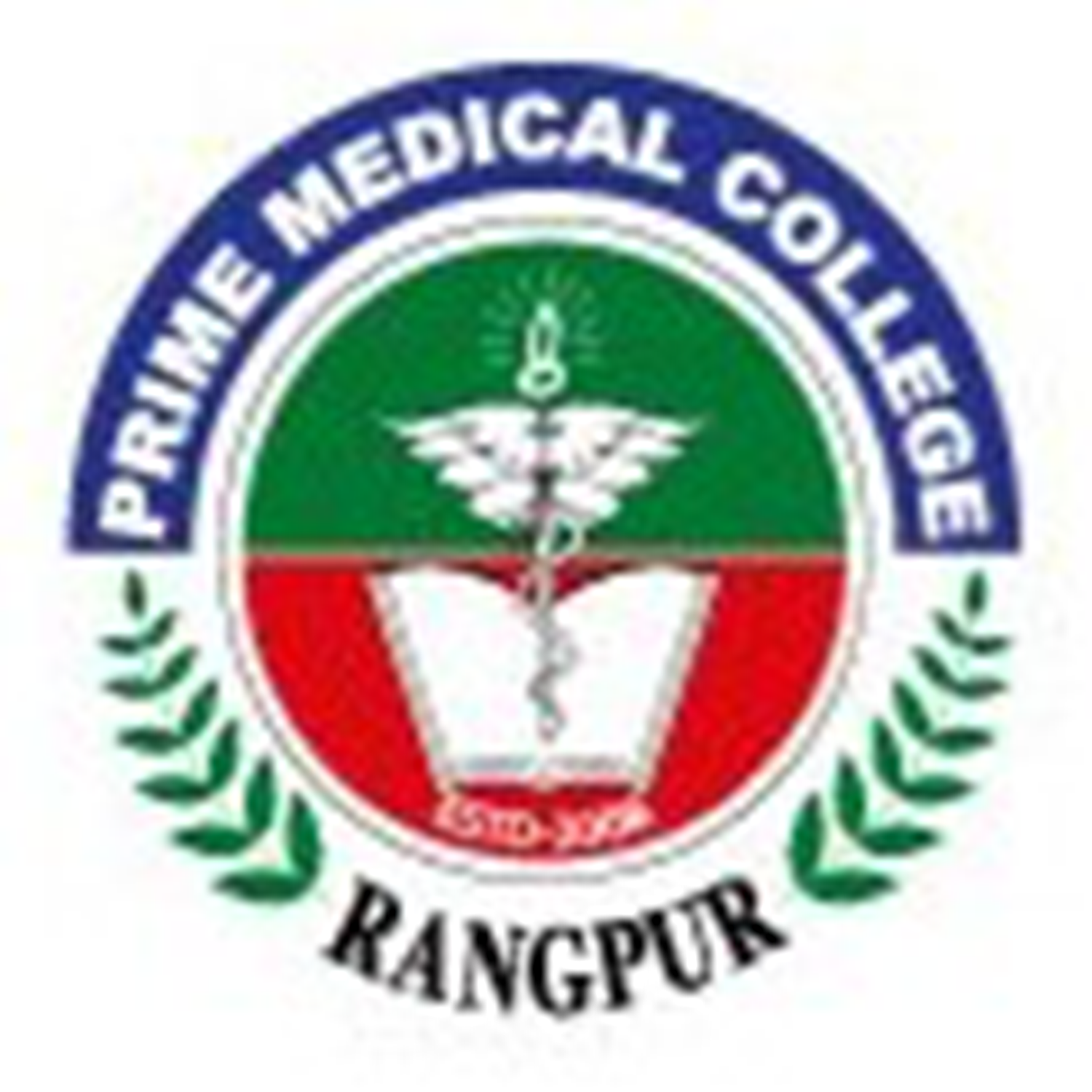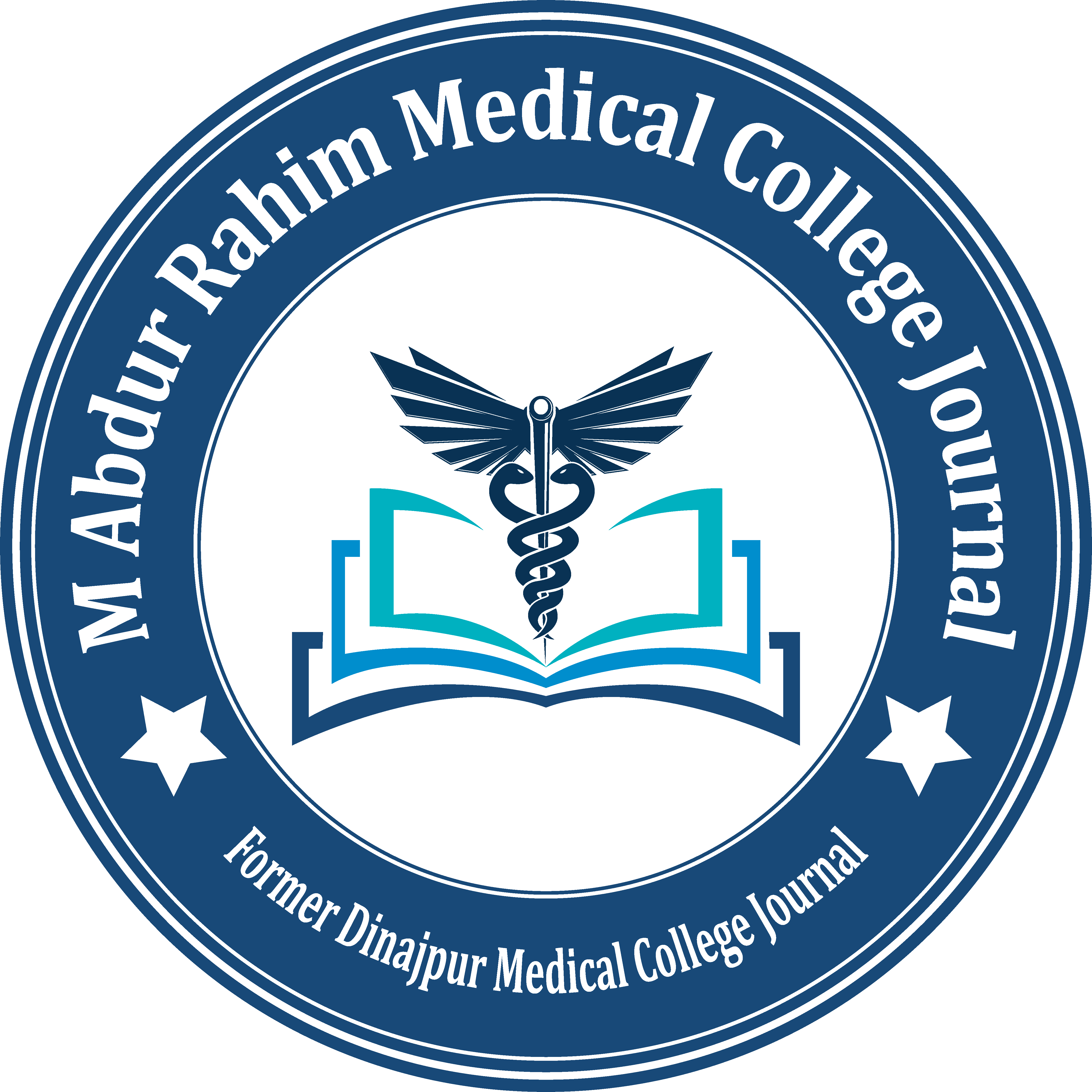Copyright © PMCBD, All Rights Reserved & Powered By NSM Limited
Reduction of Shoulder Dislocation: A New Manoeuvre
*Dr. A. J. M. Shahriar Arif
Assistant Professor, Department of Orthopaedics, North Bengal Medical College, Sirajgonj, Bangladesh.
Email: [email protected]
Dr. Bipul Kumar Saha
Assistant Registrar, Department of Surgery, Rangpur Medical College, Rangpur, Bangladesh
Dr. Kaniz Fatima
Assistant Registrar, Department of Gynecology, Rangpur Medical College, Rangpur, Bangladesh
Dr. Shamim Adom
Professor, Department of Orthopaedics, North Bengal Medical college, Sirajganj, Bangladesh
Keywords: Shoulder dislocation, External rotation manoeuvre, Prakash’s manueuvre
Abstract
Introduction: Shoulder dislocation comprises 60% of all major joint dislocations worldwide and a number of reduction techniques are described in the literature with varying degrees of success. An ideal method of reduction should be simple, easily reproducible, relatively painless that can be performed unassisted without sedation or anaesthesia with minimal or no further complications. We report our results of using a novel method of anterior shoulder reduction described recently in the literature that claims to fulfill most of the characteristics of an ideal method if not all.
OBJECTIVE: We aimed to evaluate the results of this new method of shoulder joint reduction (Prakash’s manoeuvre) in acute primary anterior dislocations of shoulder.
Methods: This prospective study was conducted in Inpatient and Outpatient department of orthopaedics in North Bengal Medical Hospital, Sirajgonj and different personal chamber from June 2017 and July 2019. All the cases of primary anterior shoulder dislocation presenting within three days of injury without any associated fracture or spine trauma with or without greater tuberosity fracture were included. The reduction was done using a novel method by Orthopaedic consultants in all cases. The need for a second reduction attempt or anaesthesia was considered a treatment failure. Time taken for reduction, pain felt during reduction and complications if any were recorded.
Results: There were 42 (73.68%) males and 15 (26.32%) females with a mean age of (37.05 ± 12.63) years. The new technique was effective in reducing a shoulder dislocation on the first attempt in 54 of the 57 dislocated shoulders (94.74%). The remaining three shoulders were reduced on second attempt by the same technique. Sedative, pre-medication or anaesthesia was not used in any case. The average time taken for the shoulder reduction was four and half minutes with a range of three to six minutes.
Conclusion: This relatively painless technique of shoulder reduction is easy to acquire and practice in emergency department and surgeons may select it as their primary method for reduction of anterior shoulder dislocations.
Prime Medical Journal, July 2023; 13(2):56-63
Our Visitor






 Total Users : 540
Total Users : 540 Views Today : 8
Views Today : 8 Views Yesterday : 1
Views Yesterday : 1
